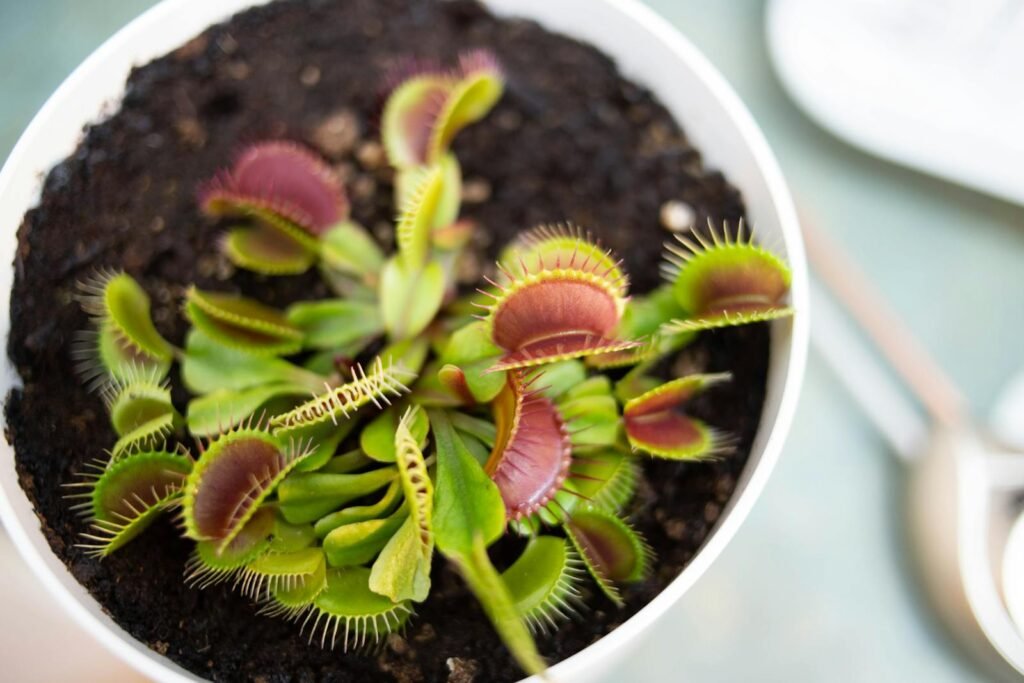Imagine a plant so clever, so unexpectedly strategic, that it could outwit an insect with nothing but patience and a built-in “counting” system. It almost sounds like the premise of a fantastical story, yet this is the reality of the Venus flytrap—a seemingly simple plant that harnesses a secret mathematical skill. In the heart of the humid Carolinas, a patch of green jaws waits, perfectly still, until a wandering bug sets off a series of events that can only be described as nature’s own numbers game. Could a plant, rooted in place and voiceless, really be doing math? The answer is as captivating as it is surprising: the Venus flytrap can, in its own botanical way, count to five.
The Mysterious World of Carnivorous Plants
Carnivorous plants, like the Venus flytrap, have always fascinated scientists and nature lovers alike. Unlike most plants that passively absorb sunlight and nutrients, these green hunters actively lure, trap, and digest their prey. The Venus flytrap stands out with its jaw-like leaves that snap shut at lightning speed. This is not just a quirky adaptation; it’s a life-or-death necessity in the nutrient-poor soils where it grows. The bright red interior and nectar-laced edges are irresistible to insects, drawing them in as if the plant itself were plotting its next meal. Once an unsuspecting bug lands, the real magic—and mystery—begins.
The Trigger Hair Sensation: How the Trap Is Set
The Venus flytrap’s leaf is lined with sensitive hairs, called trigger hairs, which act as the plant’s sensory system. These hairs detect the slightest touch, much like how our skin feels a gentle breeze. When an insect brushes against one of these hairs, the plant doesn’t react immediately. Instead, it waits for a second touch within about 20 seconds. This double-tap requirement is the first sign that the Venus flytrap is far smarter than it appears. It’s as if the plant is confirming the presence of true prey, not just responding to random raindrops or debris. This cautious approach conserves precious energy, ensuring the trap only closes for a real meal.
The Astonishing Counting Mechanism
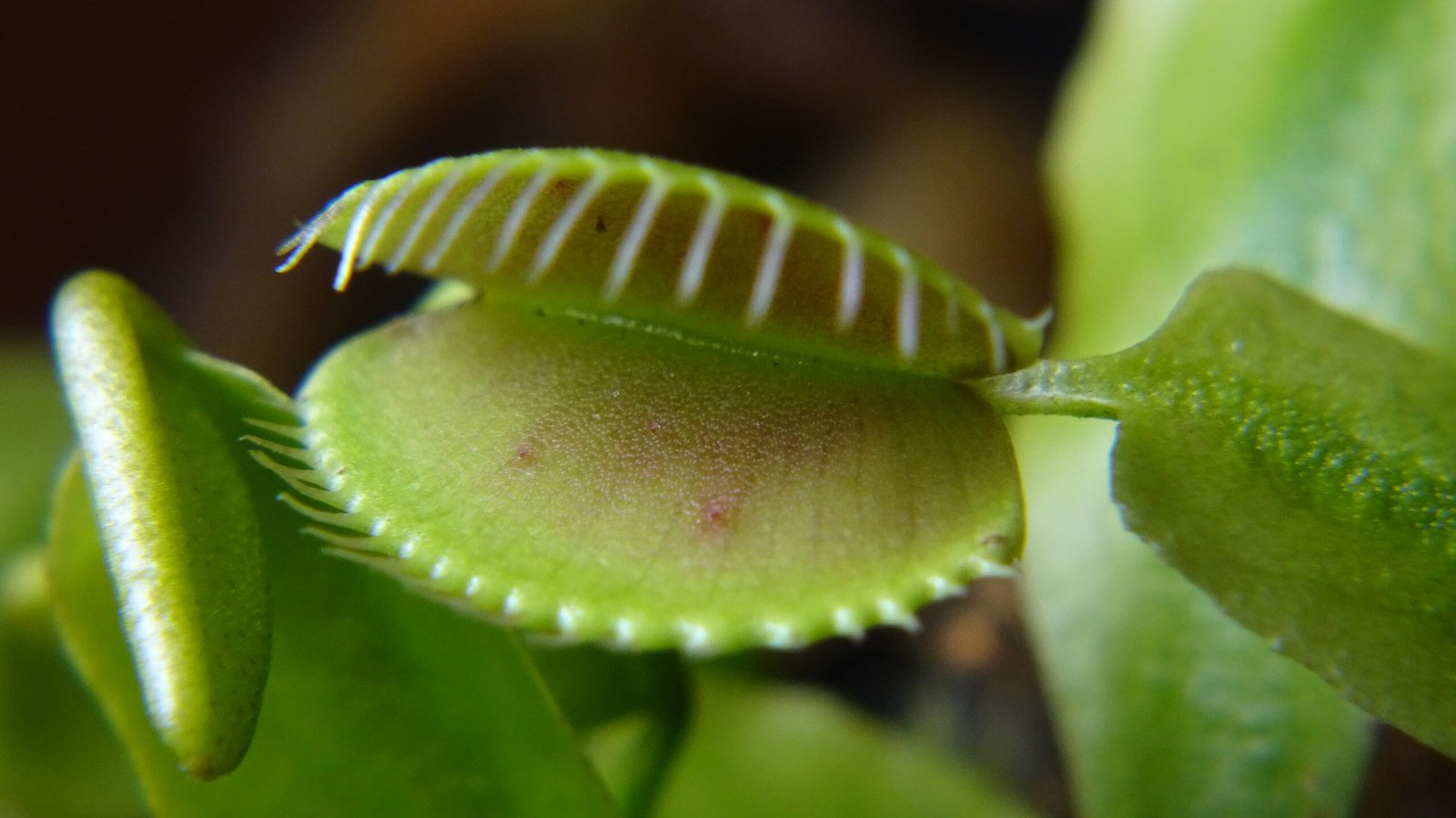
Here’s where the Venus flytrap’s counting ability truly shines. After the initial two touches, the trap snaps shut, but the process doesn’t end there. Inside the closed trap, the plant keeps “counting” the insect’s movements. With every subsequent touch of the trigger hairs, the Venus flytrap tallies up to five. Each movement sends a tiny electrical impulse—like a plant’s version of a nerve signal—through the leaf. When the count reaches five, the trap begins to produce digestive enzymes, turning the leaf into a miniature, green stomach. If the insect keeps struggling, the plant keeps counting, ramping up enzyme production for a more thorough digestion.
Why Counting Matters for Survival
Counting might sound like a parlor trick, but for the Venus flytrap, it’s a matter of survival. Producing digestive enzymes is costly—each batch drains the plant’s limited energy reserves. By waiting for five confirmed movements before committing to digestion, the Venus flytrap avoids wasting resources on false alarms. This remarkable system ensures that the plant only digests living, nutrient-rich prey, not a lifeless twig or a passing raindrop. In the wild, where each meal could be the difference between thriving and withering, this efficiency is nothing short of genius.
The Science Behind Electrical Impulses in Plants
You might be surprised to learn that plants can generate electrical signals similar to those in animal nerves. When a trigger hair is bent, it creates a small electrical charge, known as an action potential. This charge races through the Venus flytrap’s tissues, telling it to “count” the touch. These impulses are essential for coordinating the trap’s response—just like the snap of a mousetrap after the right trigger. This plant version of electricity is slow by animal standards, but it’s perfectly tuned for the flytrap’s needs. It’s a reminder that even the quietest organisms can have a hidden, pulsing energy.
Evolving Intelligence: Adaptation at Its Finest

The Venus flytrap’s counting trick didn’t appear overnight. Over countless generations, only the plants with the sharpest responses survived. In their harsh, boggy habitats, where nitrogen is scarce and every insect meal counts, evolution favored precision. Randomly closing on non-food items would waste energy and kill the trap, so natural selection sculpted a system that demands repeated, reliable signals. This evolutionary intelligence isn’t conscious thought, but it’s a kind of survival wisdom encoded in the plant’s very cells. Each snap, each count, is a testament to millions of years of adaptation.
Real-World Observations: Watching a Trap in Action
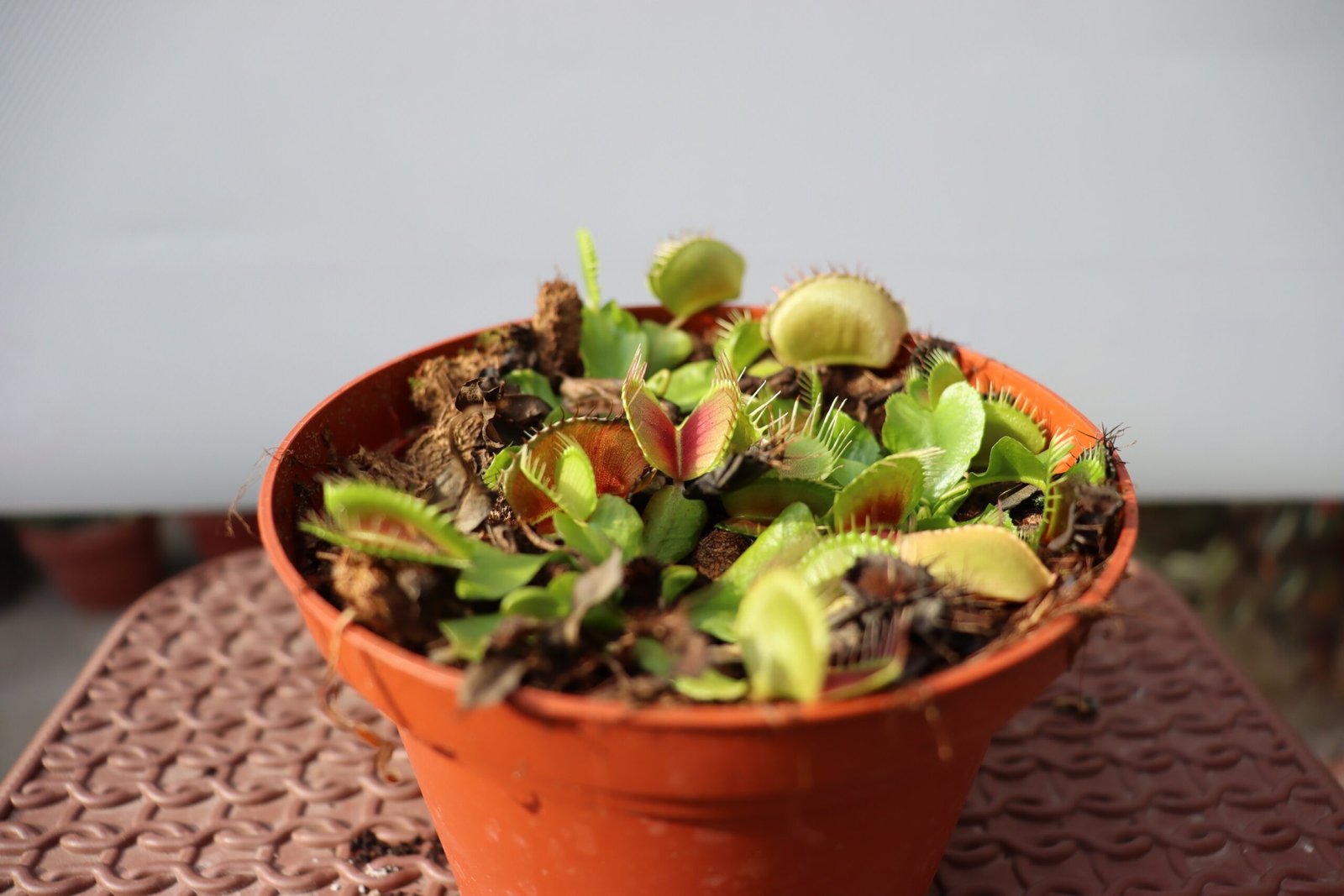
Witnessing a Venus flytrap in action is a mesmerizing experience. In a matter of seconds, what looks like a passive plant transforms into a ruthless predator. As a fly or spider stumbles across the trigger hairs, the trap closes with a speed that rivals the blink of an eye. If you listen closely, you might even hear a faint snap. Over the next few days, the trapped insect struggles, triggering more hair movements. Each wriggle is registered, counted, and used to calibrate the plant’s digestive response. After digestion is complete, the trap reopens, revealing the empty exoskeleton—a silent record of the plant’s cunning.
Fascination for Scientists and Hobbyists Alike
The Venus flytrap’s counting ability has sparked wonder in everyone from schoolchildren to seasoned botanists. Researchers use high-speed cameras and sensitive electrodes to study the electrical impulses, hoping to unlock even more plant secrets. Meanwhile, hobbyists around the world grow Venus flytraps at home, marveling at their quick reflexes and bizarre diets. This little plant bridges the gap between the plant and animal kingdoms, blurring lines and challenging what we think we know about intelligence. Its fame is well earned, and its story continues to inspire curiosity.
Lessons from the Flytrap: Rethinking Plant Intelligence

What does it mean for a plant to count? The Venus flytrap forces us to question our assumptions about intelligence and awareness in the natural world. While it doesn’t count in the way a human or even a dog does, its ability to tally touches and make complex decisions is a form of intelligence all its own. This challenges the old notion that plants are just passive, mindless organisms. Instead, they are active participants in their environments, capable of behavior that borders on thoughtfulness. The Venus flytrap is a living argument for the idea that intelligence wears many forms, often in places we least expect.
The Venus Flytrap’s Place in the Web of Life
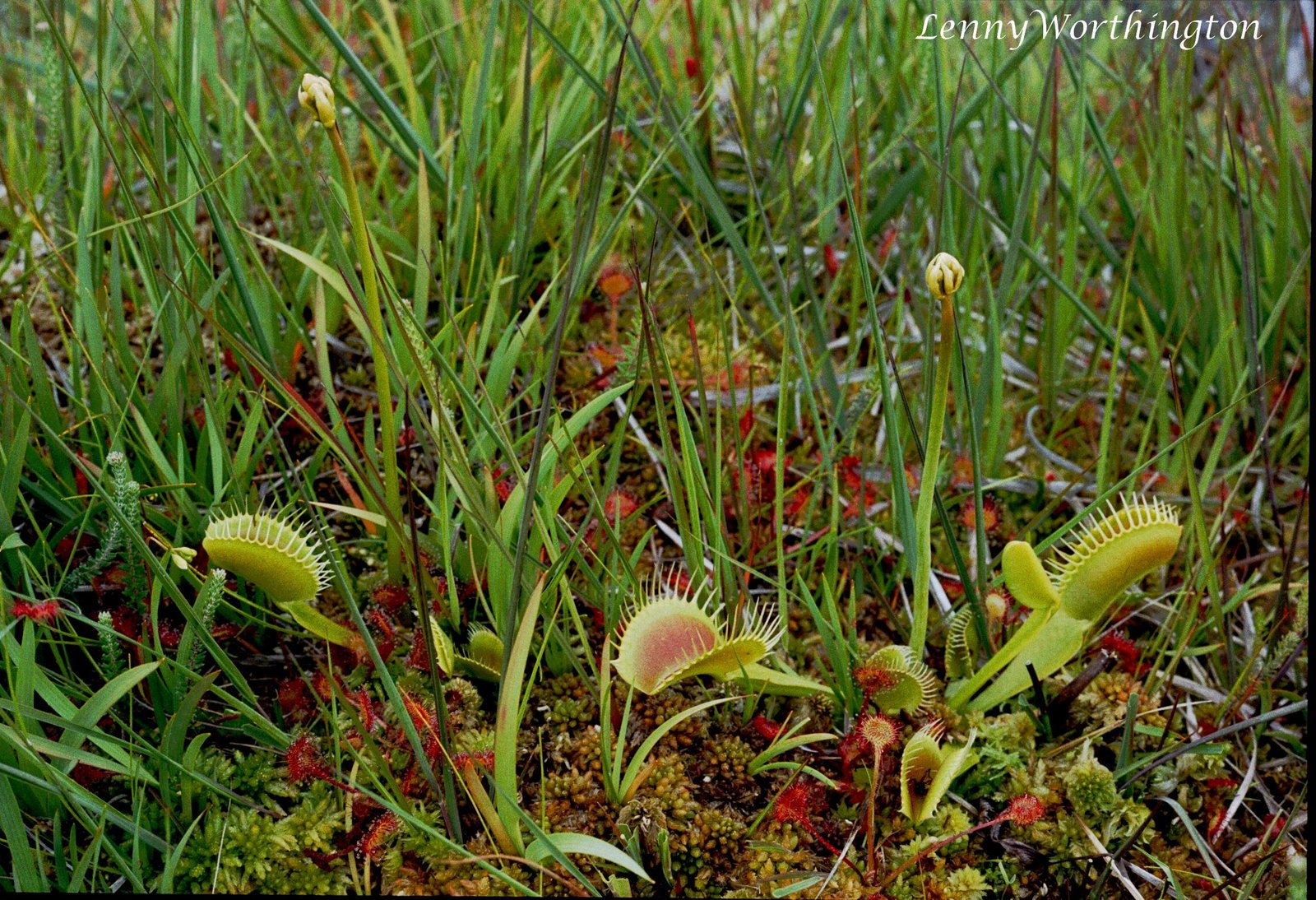
In its native wetlands, the Venus flytrap isn’t just a curiosity—it’s a vital player in the ecosystem. By preying on insects, it shapes populations and provides food for other creatures that scavenge the remains. Its unique adaptations highlight the delicate balance of life in challenging environments. The plant’s rarity and specialized habitat have made it a symbol for conservation efforts, reminding us of the fragile beauty of wild places. Every time it counts to five, it’s not just securing a meal—it’s playing its part in the grand dance of nature.
Closing Thoughts: The Secret Genius in Green
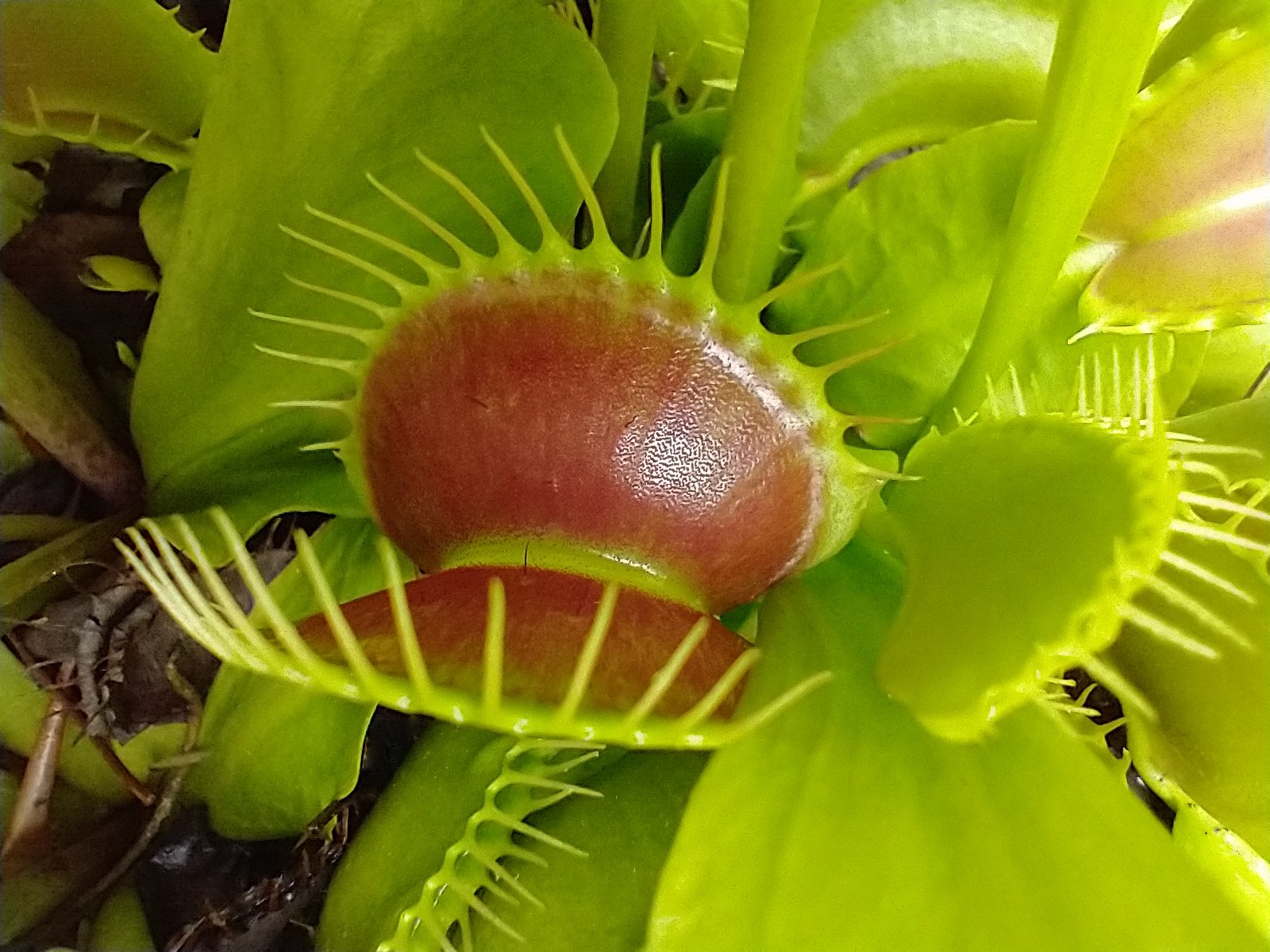
The Venus flytrap is more than just a botanical oddity; it’s a stunning example of nature’s quiet brilliance. Its ability to “count” to five is a glimpse into a world where plants are not just passive scenery but clever, calculating survivors. Next time you see a Venus flytrap, remember: beneath those green jaws lies a silent arithmetic, a reminder that the natural world is far stranger—and more intelligent—than we often imagine. What other secrets might be hiding in plain sight in your own backyard?

